|
There were Salvationists serving in the Royal
Navy and British Army and they regularly banded together for meetings
and often independently provided physical and spiritual help to their
fellow serviceman.
In November 1894, in England, the "Naval
and Military League" was officially
established. Its function was to provide worldwide facilities for
Salvation Army servicemen where they would find fellowship,
home-comforts, and religious meetings.
In October, 1899, Britain and the Boer Republics were at war, and it
was immediately apparent that there was a need to provide welfare
facilities for all servicemen, not just Salvationists serving in the
Armed Forces.
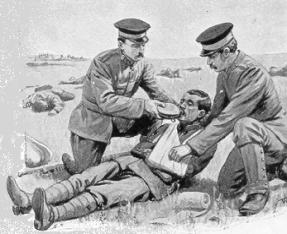 |
Australia was
the first of the Empire's Colonies to respond to the call of
'Mother England' and have troops in South Africa. Contingents
from Australia disembarked on 26th November 1899 at Cape Town.
In England,
General William Booth (founder of the Salvation Army)
experienced feelings of deep anguish.
So deeply did
he believe in Christian brotherhood and the internationalism
of The Salvation Army that he promptly sent a relief party to
"minister comfort and practical aid to men of both armies
British and Boer alike."
|
Adjutant Mary
Murray was selected and dispatched from International Headquarters in
London and arrived at Cape Town on 15th November 1899, and there she
headed a team of ten Welfare Officers allocated to the different
military Divisions.
The first contact between Australian troops and The
Salvation Army's early "War Services" is apparently not
recorded in detail, but it is likely that Welfare Officer Lieutenant
William Hooper made contact with members of the Victorian
Mounted Rifles Contingent as they
advanced with General French' s Column towards Kimberley in January
1900.
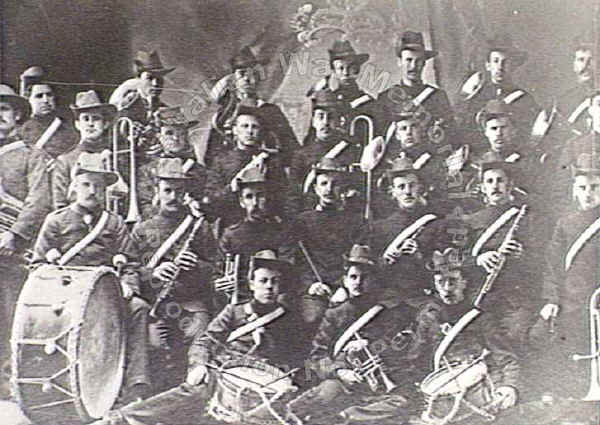 |
| Hobart,
Tasmania C. 1900. Studio portrait of members of the
Salvation Army band, possibly about the time of the departure
of a Tasmanian contingent to the Boer war. (Donor M. Ingles)
(Restricted - permission of donor required for reproduction) |
The provision of
physical and spiritual welfare services catering to the Australian
Contingents in the 1899-1902 South African War by these English
Officers, was continued and taken up in 1914 by the Australian
operations of The Salvation Army. This Service came to be known as Red
Shield War Services.
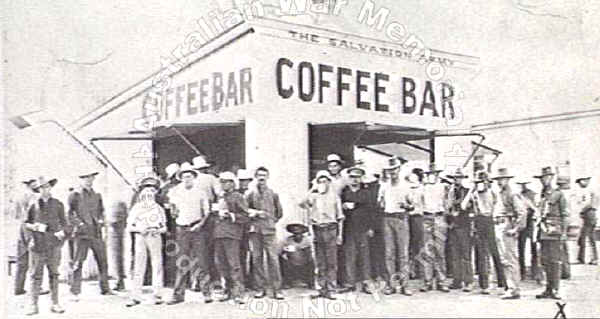 |
| Enoggera,
Qld, 1915-08. A group of new recruits enjoy a cup of
coffee at smoko time at the Salvation Army coffee bar near the
parade ground. The figure on the far right in the front row
(wearing glasses) is 4366 Stuart Gordon Brown, Company
Quartermaster-Sergeant 26th Battalion, AIF. (Donor R. Brown) |
|
|
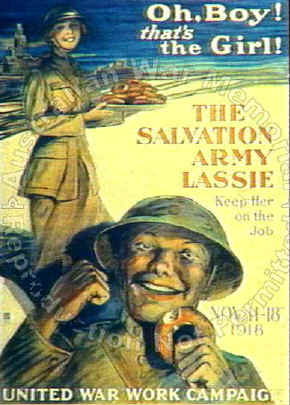 |
| This WW1 era
poster from the USA shows that the work of the Salvation
Army has spread around the world. |
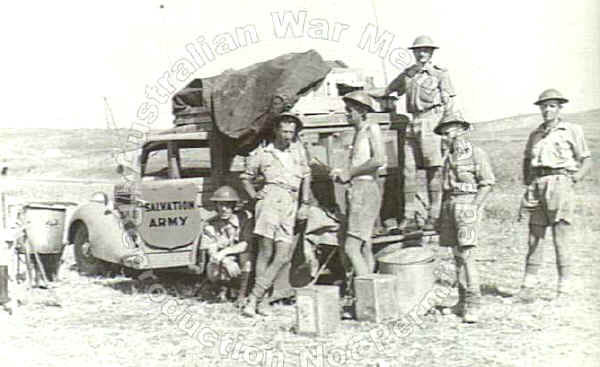 |
| 1943-06-03.
Syria. The Salvation Army, as usual, is doing splendid
work in the forward areas during the advance of our troops
into Syria. Here, at Saiada the "army" car rests for
a while and a crowd of visitors drops in to listen to the
latest news from the outside world. This will prove a source
of proud satisfaction and inspiration to its officers in the
future. (Negative by F. Hurley). |
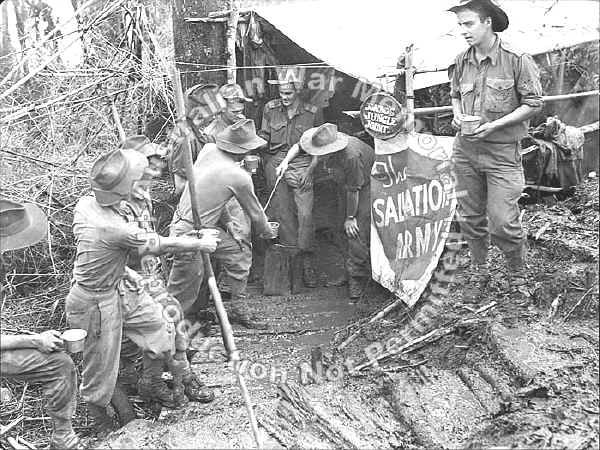 |
| Shaggy
Ridge, New Guinea. 1944-01-23. "Jonno's Jungle
Joint" The Salvation Army Red Shield Hut on Shaggy Ridge
with troops of 2/9th Infantry Battalion AIF receiving a
welcome cup of coffee. Shown is Pte D. Peden
The central figure (behind
the assistant serving the coffee) is Red Shield
Representative (Salvation Army Captain) William Johns.
|
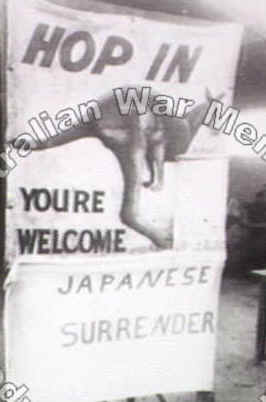 |
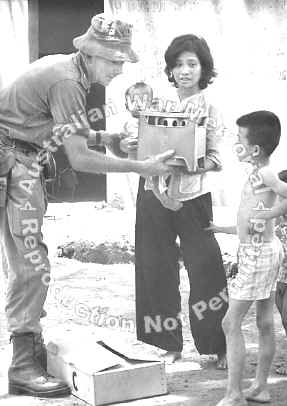 |
| Balikpapan,
Borneo, 1945-09. Soldiers outside the "Cappy's"
Salvation Army tent at Green Beach after the Japanese
surrender
(Donor: Museums & Art Galleries of the
Northern Territory.)
|
Binh
Ba, Vietnam. 1967-06. Captain Don Matthews of
Shepparton, Vic, hands out a kerosene stove and food to a
Vietnamese woman and young boy. Captain Matthews was a
Salvation Army officer with 7th Battalion, The Royal
Australian Regiment (7RAR). The stove was given to one of the
poorest families in the village. |
East Timor 1999-2002
One hundred
years, almost to the day, after the commencement of the Anglo-Boer War
and the appearance of Salvation Army Welfare -Officers on the field of
battle, three Australian Red Shield Welfare Officers were sent to the
Australian peace-keeping force in East Timor.
The Salvation Army's ministry to Australian service personnel
continues today.
|